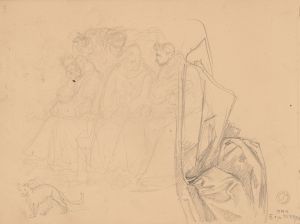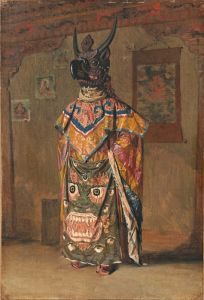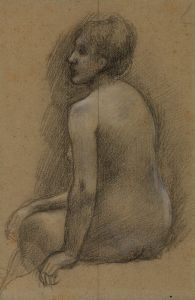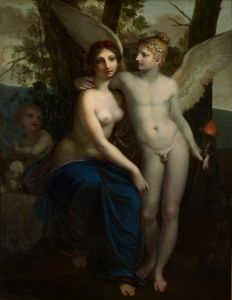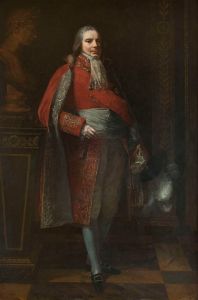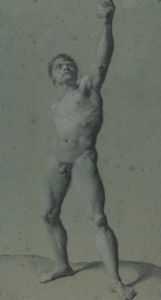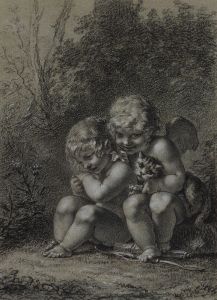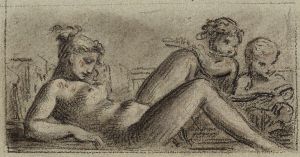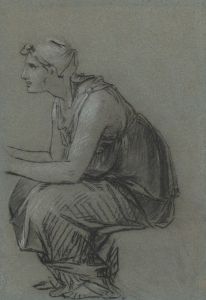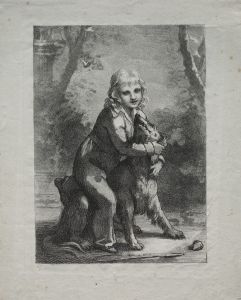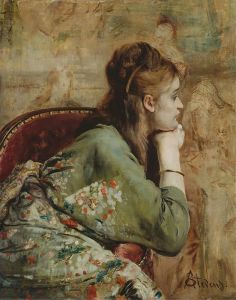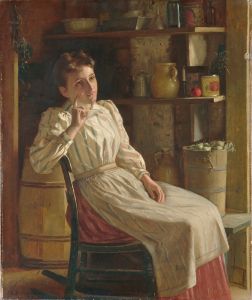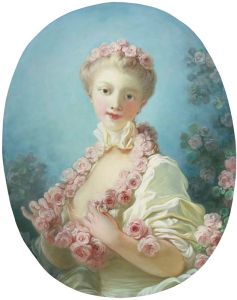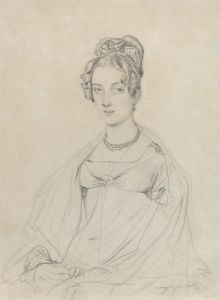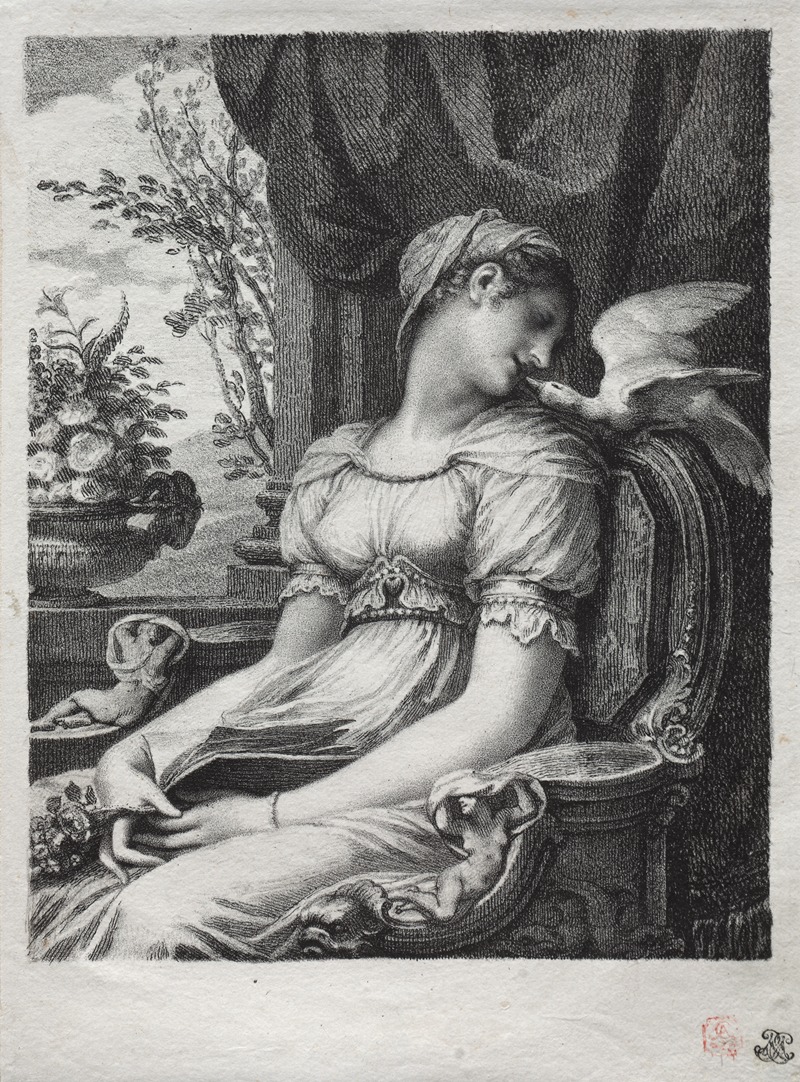
Meditation
A hand-painted replica of Pierre-Paul Prud'hon’s masterpiece Meditation, meticulously crafted by professional artists to capture the true essence of the original. Each piece is created with museum-quality canvas and rare mineral pigments, carefully painted by experienced artists with delicate brushstrokes and rich, layered colors to perfectly recreate the texture of the original artwork. Unlike machine-printed reproductions, this hand-painted version brings the painting to life, infused with the artist’s emotions and skill in every stroke. Whether for personal collection or home decoration, it instantly elevates the artistic atmosphere of any space.
Pierre-Paul Prud'hon, a renowned French painter, is celebrated for his unique style that blends elements of Neoclassicism and Romanticism. One of his notable works is "Meditation," a painting that exemplifies his mastery in capturing emotion and the human form. Prud'hon was born in 1758 in Cluny, France, and he gained prominence during the late 18th and early 19th centuries. His work often reflects a softer, more introspective approach compared to his contemporaries, who were more inclined towards the grandeur and formality of Neoclassicism.
"Meditation" is a testament to Prud'hon's ability to convey deep emotion and contemplation through his art. The painting features a solitary female figure, a common subject in Prud'hon's oeuvre, which he often used to explore themes of introspection and melancholy. The figure is depicted in a seated position, her posture and expression suggesting a state of deep thought or reflection. This focus on the inner world of the subject is a hallmark of Prud'hon's style, setting him apart from other artists of his time who often emphasized historical or mythological narratives.
The use of light and shadow in "Meditation" is particularly noteworthy. Prud'hon was known for his skillful use of chiaroscuro, a technique that employs strong contrasts between light and dark to create a sense of volume and three-dimensionality. In this painting, the delicate play of light across the figure's form enhances the mood of quiet contemplation, drawing the viewer into the subject's introspective world. The soft, almost ethereal quality of the light adds to the painting's overall sense of tranquility and introspection.
Prud'hon's color palette in "Meditation" is subdued, with gentle tones that further emphasize the serene and contemplative nature of the scene. This restrained use of color is characteristic of Prud'hon's work, allowing the viewer to focus on the emotional and psychological aspects of the painting rather than being distracted by vibrant hues.
While Prud'hon was highly regarded during his lifetime, his work fell into relative obscurity after his death in 1823. However, he has since been rediscovered and appreciated for his unique contribution to the art world. His ability to blend elements of Neoclassicism with a more personal, emotional approach has earned him a distinct place in art history.
"Meditation" is a prime example of Prud'hon's artistic philosophy, where the exploration of human emotion and the inner life takes precedence over grand historical narratives. This focus on the personal and the introspective resonates with modern audiences, who continue to find relevance and beauty in Prud'hon's work. Through "Meditation," Prud'hon invites viewers to pause and reflect, offering a moment of quiet contemplation in a world often dominated by noise and distraction.





